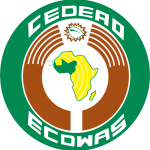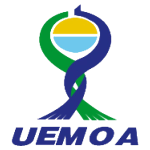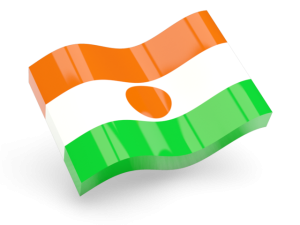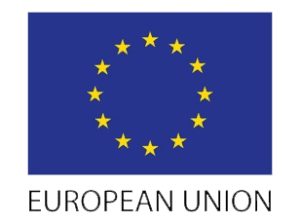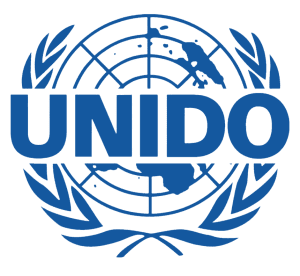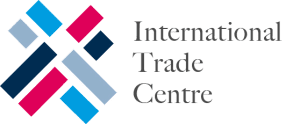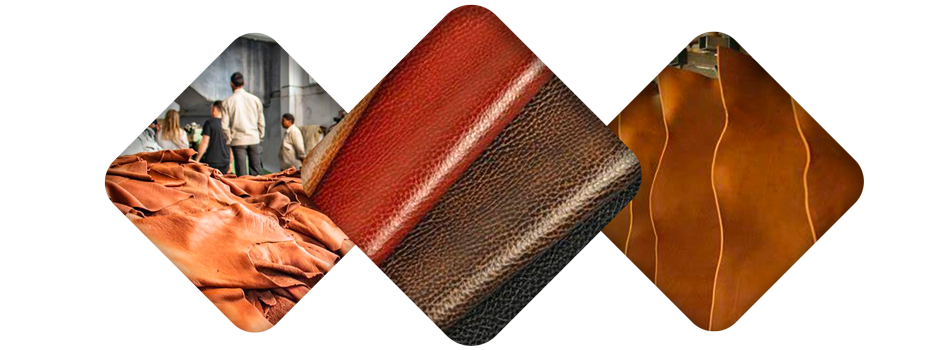
Hides and skins are one of the by-products in animal production. They are an important and valuable resource used for shoes, bags etc. In developing count world, they are almost never exploited to anything like their full potential. Hides and skins are often thought of as intrinsically unclean and end up being discarded or wasted because of ignorance or misinformation. Others are processed improperly which greatly reduces their potential value.
Leather and Leather products are among the most widely traded agro-based commodities in the world. The global estimated trade value of the sector is over US $130 billion a year and continues to grow.
Nigeria
Nigeria is a consistent supplier of leather to European and Asian markets. Nigerian leather ranks amongst the highest quality globally. Nigeria’s leather industry can be categorized into the industrial sector (90% of exports) and the traditional/artisanal sector (10% of exports). Hides and skin belts are mainly produced in the Northern states. Most leather production and processing can be found in some of the poorer states of the country. Activities and sales within the leather industry are significantly supporting this region reducing poverty.
Actors of Nigerian leather value chain include farmers, producers and processors, local buying agents and service providers. Both traditional and industrial tanneries export semi-finished leather products, or ship their products to Nigerian producers. These are then finalized into finished products and exported. Leather from sheep and lambs is mainly exported to Asian markets, while processed goat leather goes mostly to Europe. This value chain is listed in the National Industrial Revolution Plan (NIRP). It is expected that this approach will contribute to enhance equal opportunities.
Niger
In Niger, several consultations resulted in the choice of the skin, hide and leather value chain. Over 3 million hides and skins are annually produced while 2.5 million are exported with minimum transformation and 600 000 are locally processed with a poor quality. The Nigerien Government considers private sector development and improvement of the business environment to be crucial to accomplishing its growth objectives. The strengthening of intra-regional trade is seen as an important condition for economic growth both in the country and in the region. This policy will be strengthened by enhancing equal opportunities in labour and financial markets linked to this value chain.
Mali
Agriculture is a major source of revenue in Mali, it accounts for about 33% of the GDP and employ nearly 80% of Malians. Increasing demand for leather around also means increase in demand and production from Mali. This project will focus on equipping actors in the value chain with necessary knowledge on how to make the best out of their production. This will further improve competitiveness of Mali amongst other countries in the region and create more employment opportunities for rural farmers.

